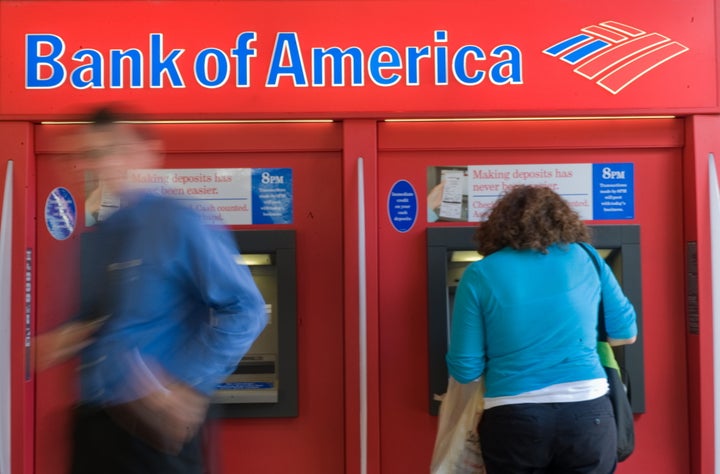
We may yet see the end of Too Big To Fail.
That's the message of a research note on Monday by Frederick Cannon and other bank-stock analysts at the firm Keefe, Bruyette & Woods, after studying historical patterns of regulation and de-regulation.
"We believe that the historical analysis suggests that investors should be prepared for the possible eventual break-up of the largest financials," the analysts write, "including" Bank of America, Citigroup and JPMorgan Chase.
The note hits just as Dallas Fed President Richard Fisher is getting headlines for his calls to break up the biggest banks. These calls don't appear to be getting any traction with lawmakers just yet, but they do resonate with a public angry about how these banks blew up the economy only to be encouraged to get even bigger and riskier in the aftermath.
In the note, the KBW analysts apply a World Bank method for studying cycles of regulation and de-regulation of national economies to the U.S. banking sector. They point out that these cycles follow regular patterns, like the stages of grief.
The cycle starts with a frenzy for de-regulation, followed by a period of the abuses that de-regulation inevitably causes, and eventually ends with the brutal re-regulation of the industries that got de-regulated, including the breakup of the biggest institutions in those industries.
It's easy to see the pattern developing here. U.S. banks were heavily regulated and kept from getting too big to hurt the economy in the years that followed the Great Depression. They started chafing at their restraints eventually, lobbying for new laws that let them get bigger, more powerful and riskier.
Congress gladly obliged, leading to a de-regulating cycle that peaked, KBW argues, with 1999's Gramm-Leach-Bliley Act, which repealed the Glass-Steagall Act of 1933, letting banks form super-giant conglomerates that could take your deposits in one hand and make risky bets on mortgage-backed securities in another.
Thus was born the First National Bank of Huge: KBW points out that, in 1996, none of the 10 biggest U.S. banks had more than $350 billion in assets. By 2006, four banks had more than $1 trillion, and seven had more than $500 billion in assets.
The first sign that this wave of deregulation had broken and was starting to retreat came with the Sarbanes-Oxley law in 2002, and the re-regulation picked up pace with the Dodd-Frank act that followed in the wake of the financial crisis.
That re-regulation cycle has only just begun, KBW argues.
In fact, the biggest banks have only gotten bigger since the crisis: JPMorgan Chase and Bank of America have more than $2 trillion in assets each, while Citigroup has nearly $2 trillion. That could change, KBW argues, either due to regulatory pressure or -- maybe more likely -- market pressure, as gargantuan banks find it increasingly hard to keep growing their profits and attracting new investors.
"As part of the current cycle of re-regulation, the industry has already experienced declining profitability and public subsidies to ensure credit availability," KBW writes. "Other parts of the current cycle traditionally would include declines in services and the break-up of the large institutions."
And it's not just the big banks that are at risk:
"At some point in the future, we would expect the current cycle to include public debate on the reduction in financial services and cuts in subsidies, particularly to Fannie Mae and Freddie Mac," the analysts add.